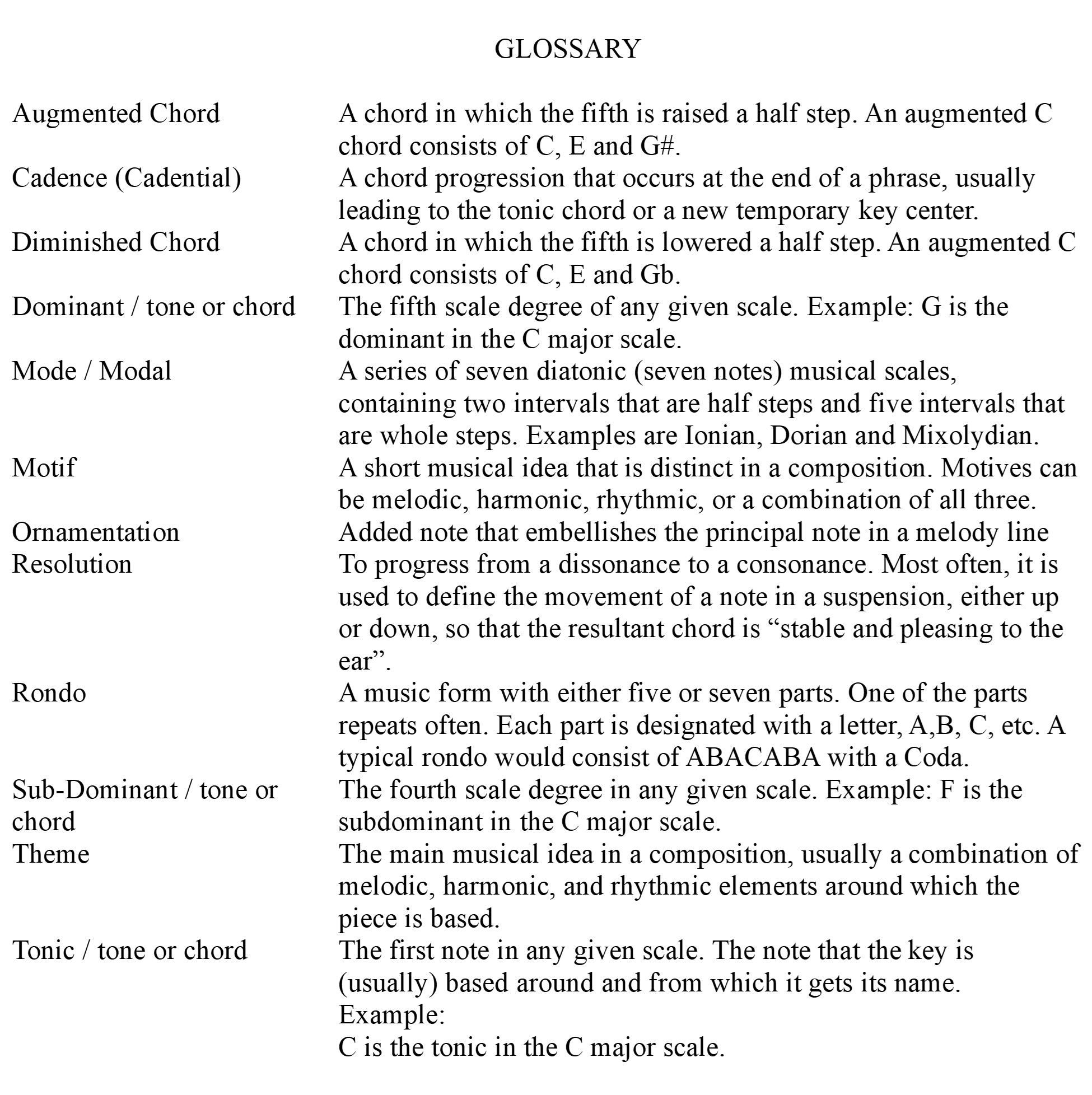Anatomy of a Composition – A Royal Affinity for String Orchestra

The “Anatomy of a Composition” series of articles is for anyone interested in the composition process, or for Music Theory teachers and students. These articles will supply enough information to understand the basic elements of the song, while allowing for independent study of the particulars of each element. If you need more information, please Contact Us. We’re always glad to help people learn about composing and arranging.
This article contains some technical music theory terms. If you need help remembering a term or two, there is a glossary of terms at the end. There may be more definitions than you need.
In this article, we’re going to see some of the secrets about how A Royal Affinity, a piece for String Orchestra, was composed.
Click HERE to go to the Salt Cellar web page with info about “A Royal Affinity”. There, you’ll find links to the YouTube video, print sample and purchase option.
Origin of the Name: The name for the piece is a nebulous reference to its suitability for a wedding. It has a stately, yet romantic quality about it. It might also be used for a royal event, if your country does that.
Key Choice: A Royal Affinity is in the key of G major, although it does wander into other keys, which we will discover later. I chose this key because it’s relatively easy for string players and lays within the range that I thought would sound good, which it does.
Time Signature Choice: This piece is in two time signatures. It starts in 3/4 and seamlessly transforms to 6/8. After a short while in 6/8, it moves to 3/4 again.
Chord Structure: I won’t reveal all of the chord progressions, but here are some progressions form the larger sections.
- A Sections: The chords do not take up a full measure. The first chord is two beats long and the second is only one beat long. It emphasizes the 3/4 feeling without making it sound like a waltz. The progression here is | G / D | Em / B | C / G | A / D | . If it looks familiar, it’s because it is a variation of Pachelbel’s Canon in D, heard at so many weddings. However, the cello and bass have much more interesting parts than the one that Pachelbel wrote.
- B Sections: Here, the progressions are generally a whole measure long, with a few exceptions. The exceptions are used to “force” the ear back to the tonic for this section. The chords here are | Am | G | F | Am | C | G | A | D / E |, with a full measure of D to return to the A section.
- C Section: The C section actually appears as two different statements. The first is in the key of D major, and its pattern is the same as the A section – First chord has two beats, Second chord has one in each measure. Its chords are | D / A | Bm / F# | G / D | E / A | G / A | D |. Once again, I took liberties with Mr. Pachelbel’s famous tune. The second iteration of the C section is in Em. The shape of its melody is very similar to the one in the A section, although each chord takes up a whole measure except for the last measure. Its progression is |Em | B | C | G | Am | Em | C / D |.

Form and Description: “A Royal Affinity” is in what might be called an extended rondo form. The reason is that the normal format for a full rondo, ABACABA-Coda, overlaps the time signature change. There are the new presentations of the A and B sections in the 6/8 time section. So, the full form for this piece is – ABACC′AABAA′A. There is no Coda; it has a nice clean ending. Here is a description of each section:
- A Section: It starts with Power and Beauty in G major. The chord progression is borrowed from J. Pachelbel’s Canon in D. This section is repeated twice, once with lots of volume, then at a quieter level. This melody, played here by the violins, was carefully crafted so that it van be used in the Big Secret, described below. In the first eight measures, all the parts are playing forte, but the melody doesn’t get lost because the other parts are playing a staccato accompaniment that emphasizes the downbeat, but doesn’t ring long enough to be overpowering.
- In the second eight measures, the dynamic markings softer, but are the same for everyone. The two violin parts are identical and the notes in the accompaniment are full length. The melody is still quite obvious because of the doubling of the part and the accompaniment is still full because of the full value of the notes.
- B Section: This section is in an Aeolian Mode. The viola plays the melody here. The shape of the melody is that of an inverted primary melody. It’s made fuller by the addition of the first violin when it is repeated.
- A Section: A repeat of the first section.
- C Section: Here, the melody is inverted and played in the dominant key center, i.e. D major. The cello gets to play the melody here. It fits well with the range and fingering of that instrument.
- C′ Section: This is an odd section. It’s key center is E minor, the relative minor to the home key, G major. The viola and cello play the melody here, which is a mash-up of original and inverted melody shapes. The first measure is original in its shape; the second is inverted; the third is original and so on.
- A Section: This, too, is a repeat of the first section, but the second violin plays the melody and the first violin plays a descant part, like icing on a cake.
- Bridge: This little piece is still in 3/4 time but the accents are arranged to trick the listener’s ear into hearing 6/8 time.
- A Section: Here, the piece is now in 6/8 time. The key center is G major. And, here’s the Big Secret. The notes are exactly the same as the A Section at the beginning. The melody is precisely the same except that the accents fall on the first and fourth eighth notes in each measure instead of the first, third and fifth as they did in 3/4 time. And the violin plays the melody as at the beginning.
- B Section: The B section here is almost, but not quite, the same as it was in the 3/4 time section.
- A Section: This restatement of the A Section is identical to the first one in the 6/8 section and has the added first violin descant as well.
- Return to 3/4 time: The music returns directly to 3/4 time here, with only one small accommodation for the orchestra. The cadence is a half note and a quarter rest in the first 3/4 measure, which allows the conductor to beat the new time signature pattern and return the orchestra to the 3/4 time signature.
- A′ Section: This is another instance of a melody mash-up. The odd measures are original shape and the even are inverted melody shapes.
- A Section: This is a final repeat of the original A Section, culminating in a clean ending.
Final Word: This composition came out better than I thought it might. I not only used my “creative juices”, but I used a lot of theory to help turn the creative thoughts into something that would be real art, with its beauty and Power.
Salt Cellar Creations has a growing library of original works and arrangements that not only sound great when you ensemble plays them, but are equally suited to music theory analysis. Find out more about the available music Salt Cellar Creations HERE.
SCC can also compose an original piece for you or do a custom arrangement for you. There are two ways that this can be done; one is much more affordable than the other. And SCC is always looking for ideas of pieces to arrange or suggestions for original pieces.
We have sold music not only in the US but in Canada, the United Kingdom, France, Australia, New Zealand and Austria. Please visit the WEBSITE or CONTACT US to let us know what we can do for you!
